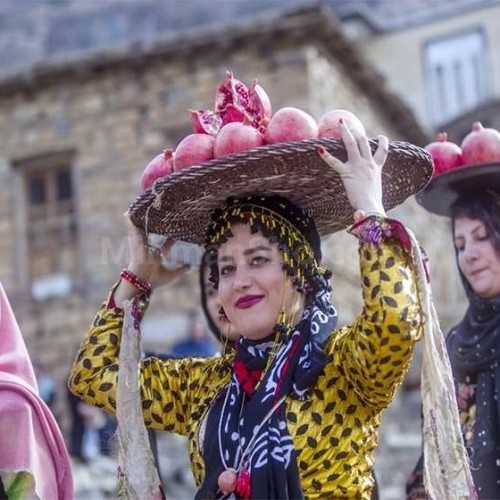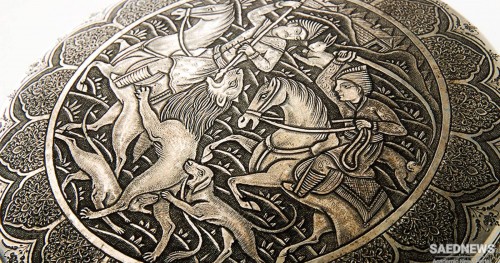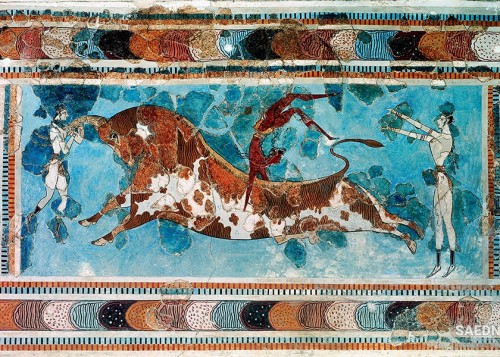There is an example of these Chahar Taqi in Niasar. According to the gahambars calendar (meaning "proper season" and it is the oldest known calendar in Iran which divided a year into four seasons and four semi seasons), the beginning of the summer was the commencement of the New Year too and it has remained in the Tabari calendar. At the beginning of summer, the sun rises from its highest position on the northeast horizon and falls to its highest place on the northwest horizon. In that era, people had a particular attachment to cosmic phenomena and interfered them with their daily lives, rituals, and beliefs and many rituals and celebrations were held at this time. Although the memory of many ceremonies is weak today, the beginning of summer is celebrated as “Ab Pashoonak” or Splashing Water in Arak, Farahan, Mahallat and many other cities in the center of Iran. It is called Avval Toestooni (the beginning of the summer) and many participate in this ceremony by splashing water to the others.

There are a lot of hypotheses and theories for this celebration. For example, it is said that there was one time which there was no rain in Iran for seven years and Firooz, the sun of Yazdgerd the Iranian king, was worried about starvation or death. However, no one died of hunger and after the first raining, people were so happy that they thanked God and splashed water to each other. Another hypothesis says that one of the Iranian kings returned home happily after his victory in the battle and it was the first day of the summer. He reached the qanat of Zolf Abad (located in Markazi Province) where he imagined a beautiful woman who splashed some water. The king was delighted and he splashed water on the faces of his companions.
There are other forgotten ceremonies at the beginning of the summer; in the sixth day of Tir (the fourth month of solar calendar and the first month of the summer), there was a ceremony that Abū Rayḥān Al-Bīrūnī also spoke of it, and it was called “Ceremony of Lotus” which was related to the flourishing of lotus at the beginning of the summer, or “Eid Mah (the ceremony of the moon)”. The people from Savadkooh and some other mountainous regions in Tabarestan and Mazandaran celebrated it by making fires on the mountains. The ritual of “Goje Aroos (bride tomato)” or “Gol Arros (bride flower)” was held in some parts of Khorasan and the west of Afganistan. During this ceremony, they celebrate the beginning of the summer by giving the fruits, flour, and rock candy to the newlywed brides.


 Pomegranates Carnival; A Feast of the Fall
Pomegranates Carnival; A Feast of the Fall














































